The common issue of mixed production is decreased loading table utilization and, therefore, reduced process efficiency. This is because combining different glass sizes in the same load requires accurate heating control and profound operator process knowledge. Lack of either of these usually results in underheating larger-size glasses or overheating the smaller ones. In turn, this leads to end product quality issues and unnecessary breakages.
Unlike any other convection technology in the market, Vortex Pro addresses the issue effectively. Without any operator input, Vortex Pro automatically creates individual convection profiles for each glass. Its convection uninterruptedly follows the glass movement in the heating section, allowing heat to be focused precisely to the specific point on each glass.
As a result, Vortex Pro has three major benefits:
-
- Accurate and individual heat focusing for each glass
- Decreased operator input to maintain constant high output quality
- Reduced compressed air consumption, as the convection only targets the glass sheets



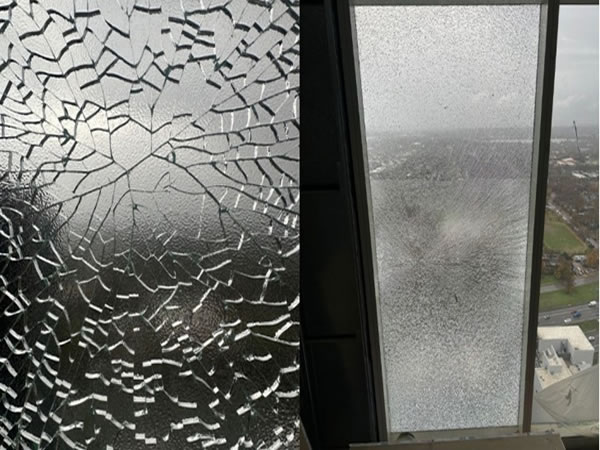



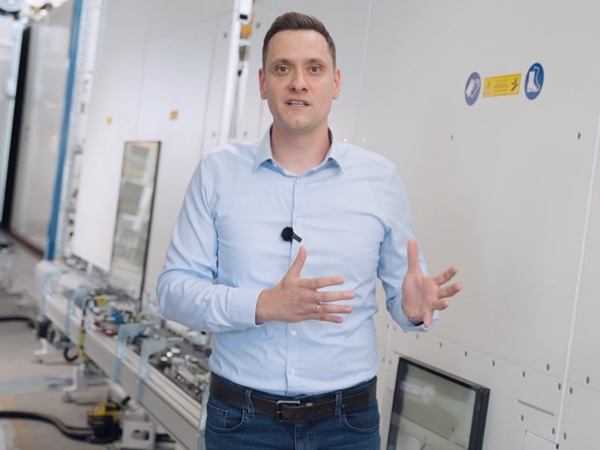


















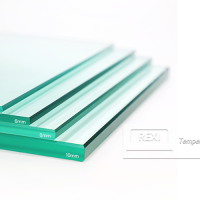
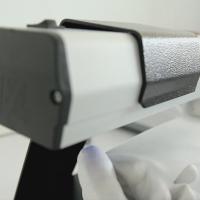
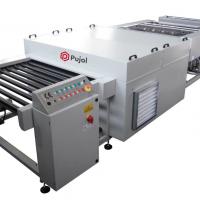
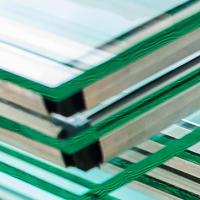

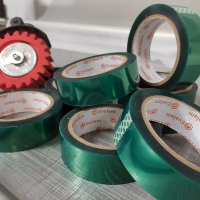
Comments
I have so much respect for you, Sir.
He is so professional. He is totally amazing.
He is so professional. He is totally amazing.